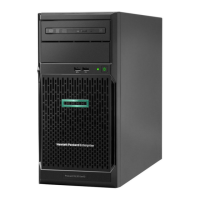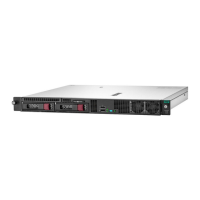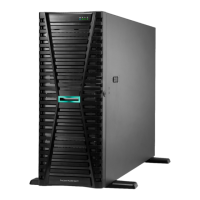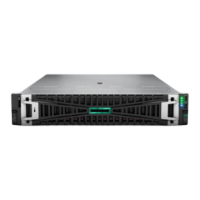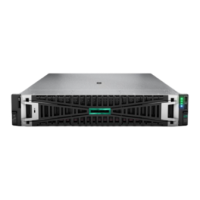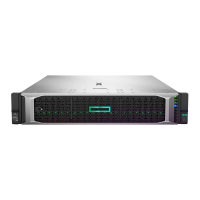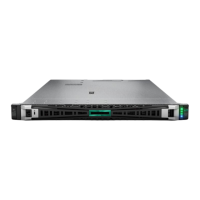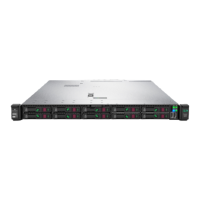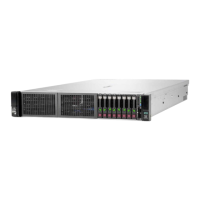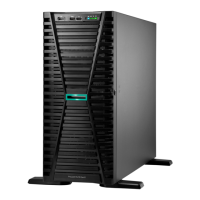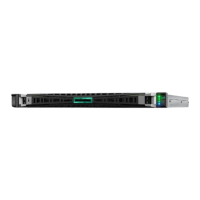Procedure
1. From the System Utilities screen, select System Configuration > BIOS/Platform Configuration
(RBSU) > Embedded UEFI Shell > Shell Script Verification.
2. Select a setting.
• Enabled—Enables Shell script verification.
• Disabled—(Default) Does not enable Shell script verification.
3. Save your setting.
Setting the Embedded UEFI Shell startup script location
Use the Shell Auto-Start Script Location option to select the location of the Embedded UEFI Shell
startup script. When UEFI Shell Script Auto-Start is enabled, this setting specifies where the Shell looks
for the startup.nsh file.
Prerequisites
• Embedded UEFI Shell is enabled.
• UEFI Shell Script Auto-Start is enabled.
Procedure
1. From the System Utilities screen, select System Configuration > BIOS/Platform Configuration
(RBSU) > Embedded UEFI Shell > Shell Auto-Start Script Location.
2. Select a setting.
• Auto—The Shell attempts to retrieve the startup script from the network location first, followed by
locally attached media.
• File Systems on Attached Media—The Shell looks for the startup.nsh script file on a UEFI-
accessible local file system, such as a FAT32 partition on a USB disk or HDD.
• Network Location—The Shell looks for a .nsh script at an HTTP/HTTPS or FTP location
accessible to the system.
3. Save your setting.
Enabling or disabling discovery of the Shell auto-start script using DHCP
Use the Discover Shell Auto-Start using DHCP option to let the Shell discover the startup script URL
using DHCP. When enabled, the Shell sends DHCP requests with the DHCP User Class option set to
the string UEFIShell.
Prerequisites
• Embedded UEFI Shell is enabled.
• UEFI Shell Script Auto-Start is enabled.
104 Setting the Embedded UEFI Shell startup script location

